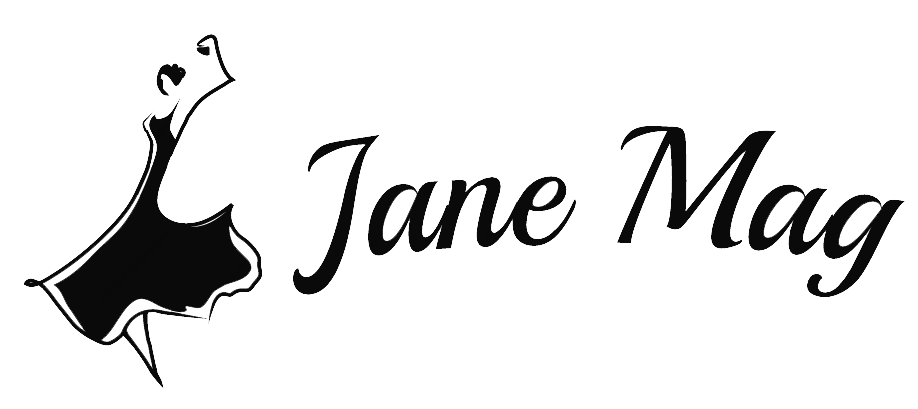Heat pumps are becoming increasingly popular and with good reason. They run from electricity and use the heat in the surrounding air. Because of this, they use just a fan and a pump, meaning that running costs are low. It’s estimated that they can save you anything between $100 and $1,200 a year in heating bills.
That makes them a great investment, especially if you run the heat pump from solar panels. As an added bonus the heat pump is much better for the environment than any fossil fuel powered heating system.
Like any heating appliance, it’s important that you have them annually serviced by a specialist in hot water servicing. But, it’s also important that you have them installed correctly. There are 3 common mistakes made during installation that you should be aware of.
Not Enough Refrigerant
It seems fairly obvious but it is surprisingly common for engineers to fill the refrigerant and not check it again. As it starts to flow around the system the refrigerant will come under increased pressure. This ensures air pockets are removed and makes it more efficient at extracting heat from the air.
But, if the refrigerant isn’t checked, this process can lead to less refrigerant than the system should have. The result is air in the system and it will be inefficient.
In short, the heat pump will take longer and cost more to get your house to temperature and hold it there.
You should note that too much refrigerant is also a problem, although less common than not enough. Too much causes pressure in the system to be too high and can cause the compressor to fail.
The heat Pump Is Too Large
Another common issue is to recommend and install a heat pump larger than the house needs. It’s good for the supplier and even the installer as they can charge you more money. But, an oversized heat pump won’t work efficiently. It will result in warmer and cooler spots across your home.
In addition, the heat pump will be more expensive to run than it needs to be and it’s more likely that the system will break down. The most common result is the blower motor failing due to excessive strain. This will shut down the heating system.
But, if it isn’t resolved it will cause issues with all the other components in your system.
Not Enough Clearance
In many cases, installers find a spot where the outdoor unit will fit and install it. They don’t necessarily spend time considering whether there will be enough airflow around the unit.
Obviously, airflow is important to allow the unit to extract heat from the air. But, it also helps to keep the heat pump unit cool. That’s important as hot units are more likely to experience issues.
The outdoor unit should ideally be placed with at least 24 inches of space around it. If it isn’t you may experience premature failure.
